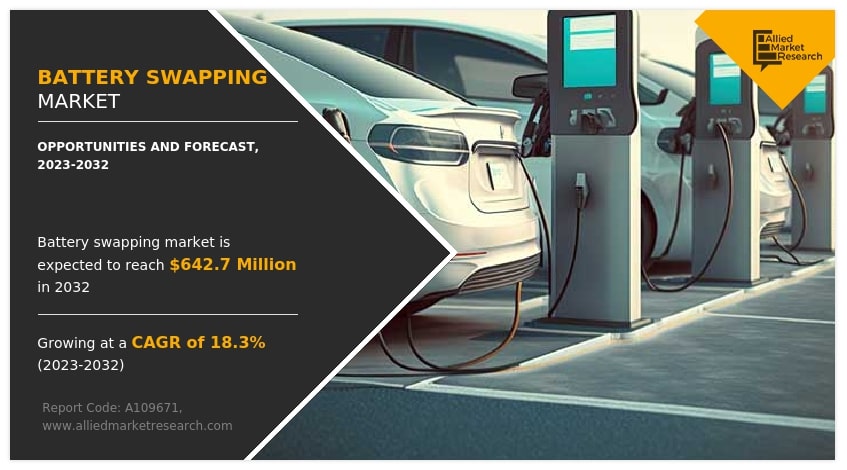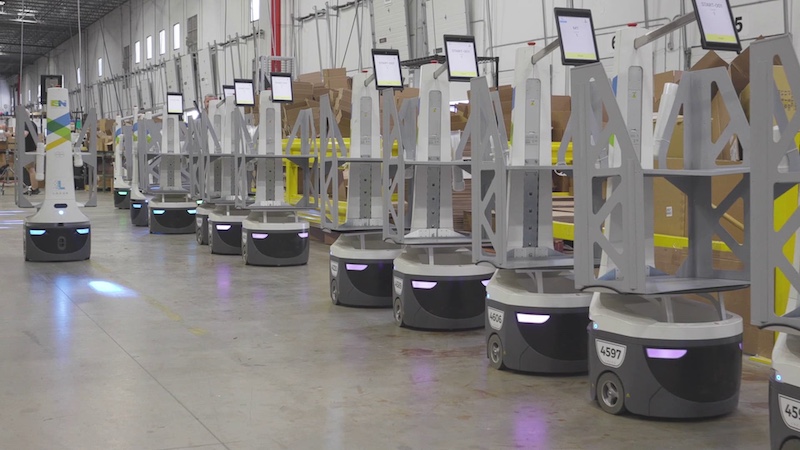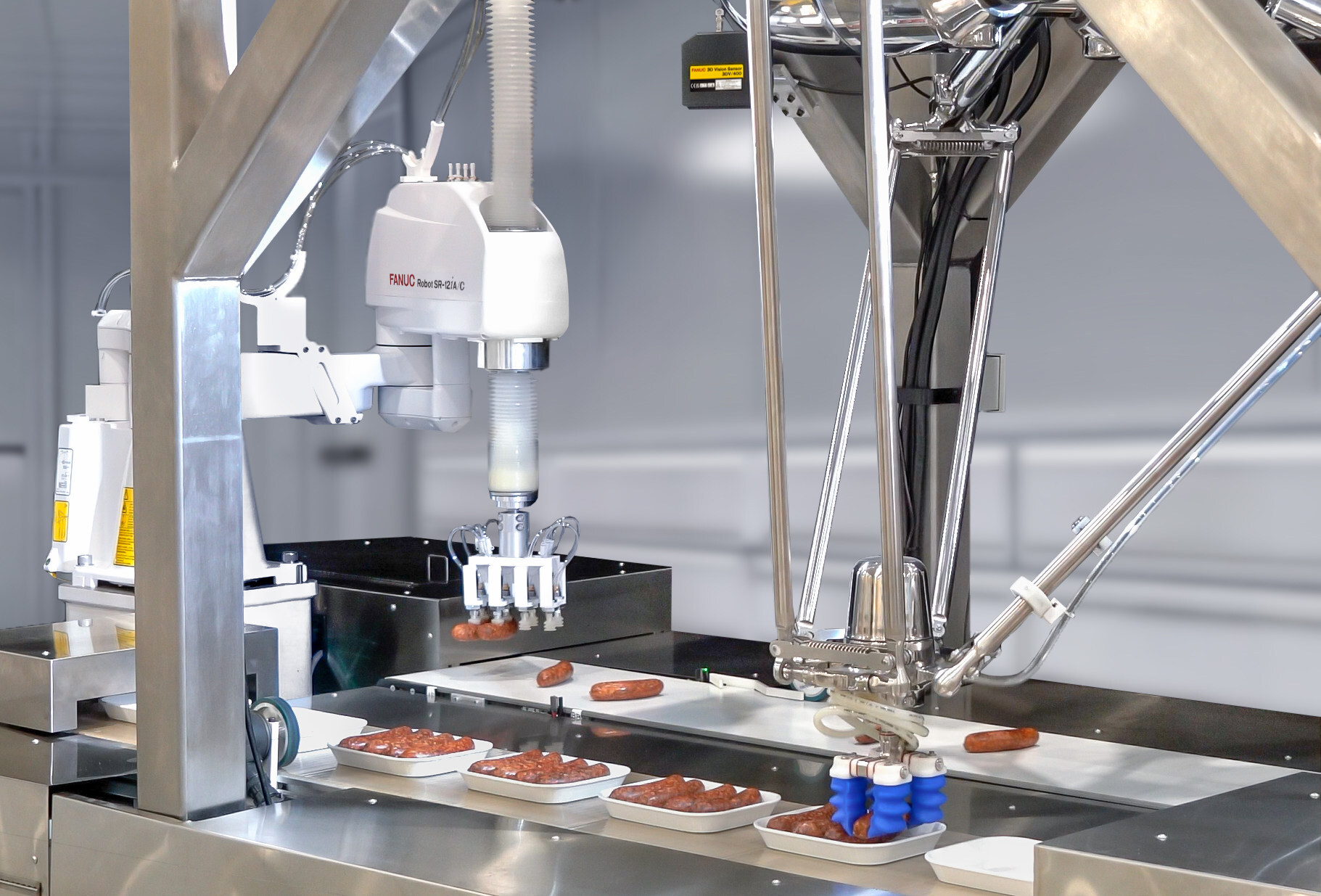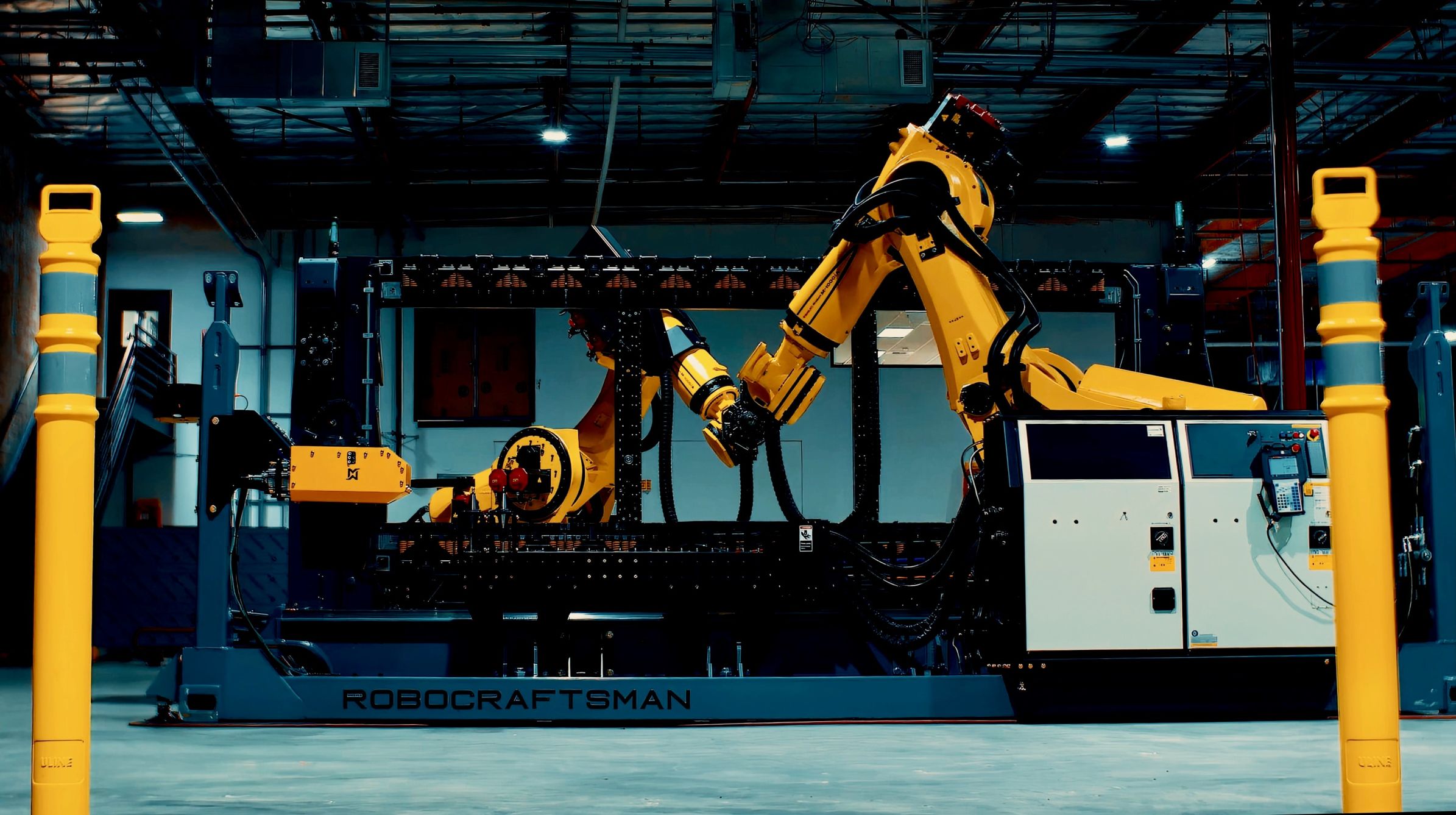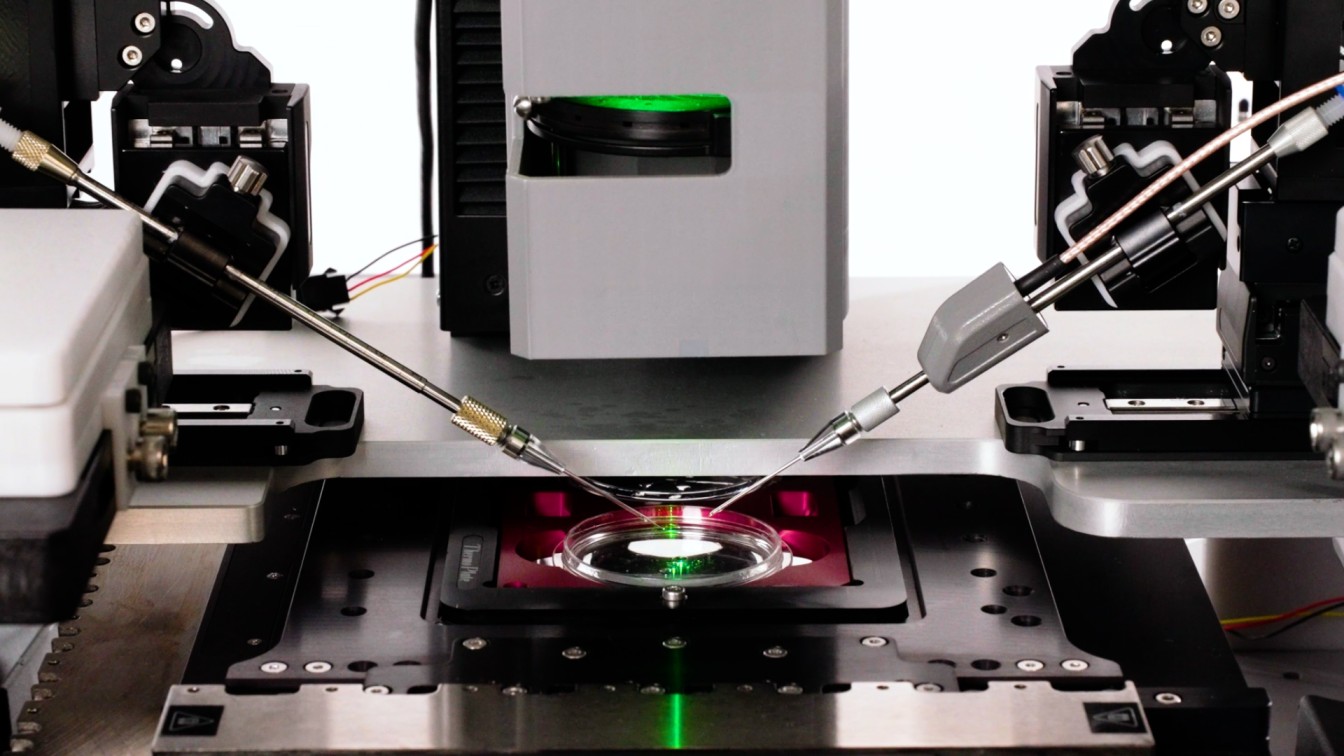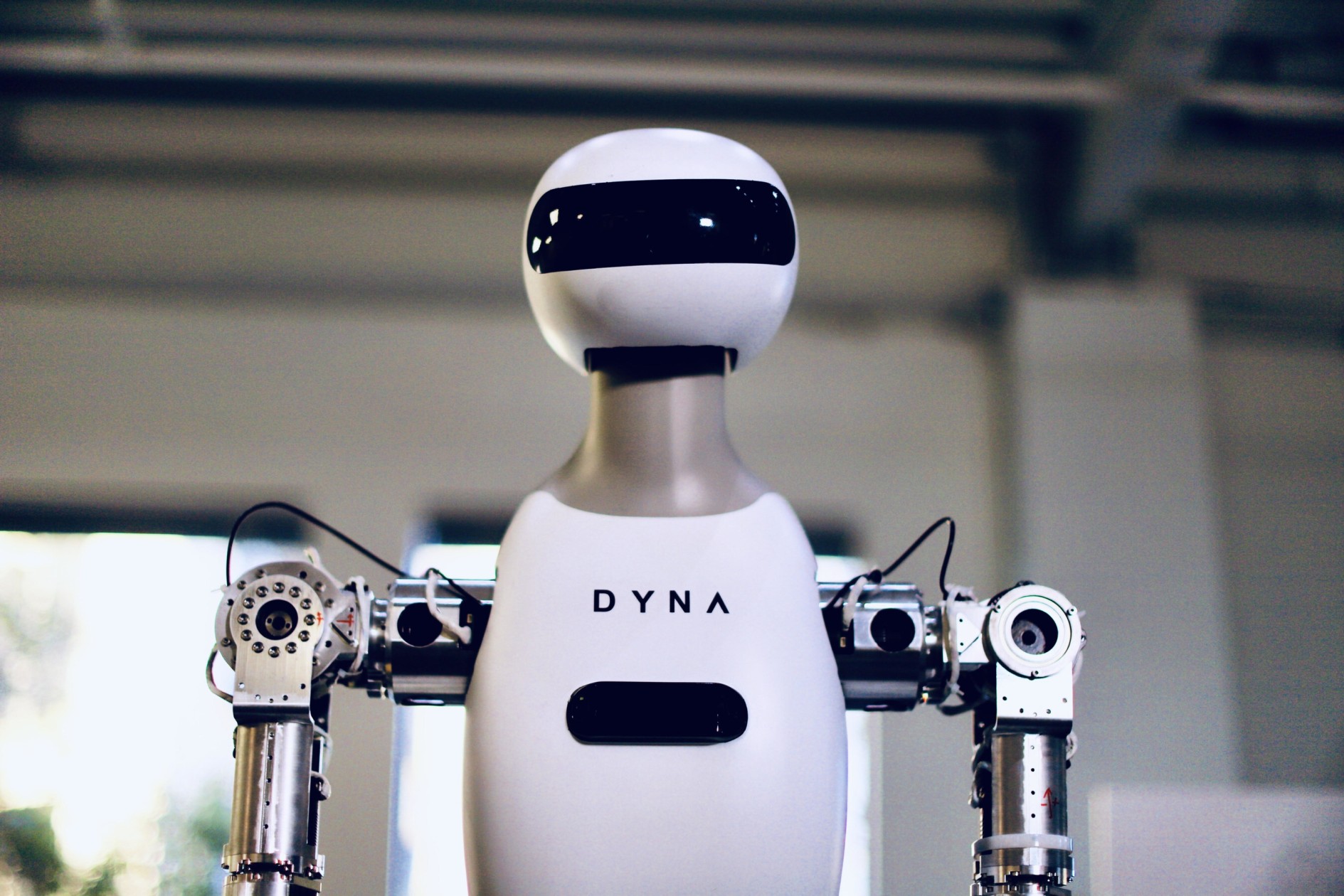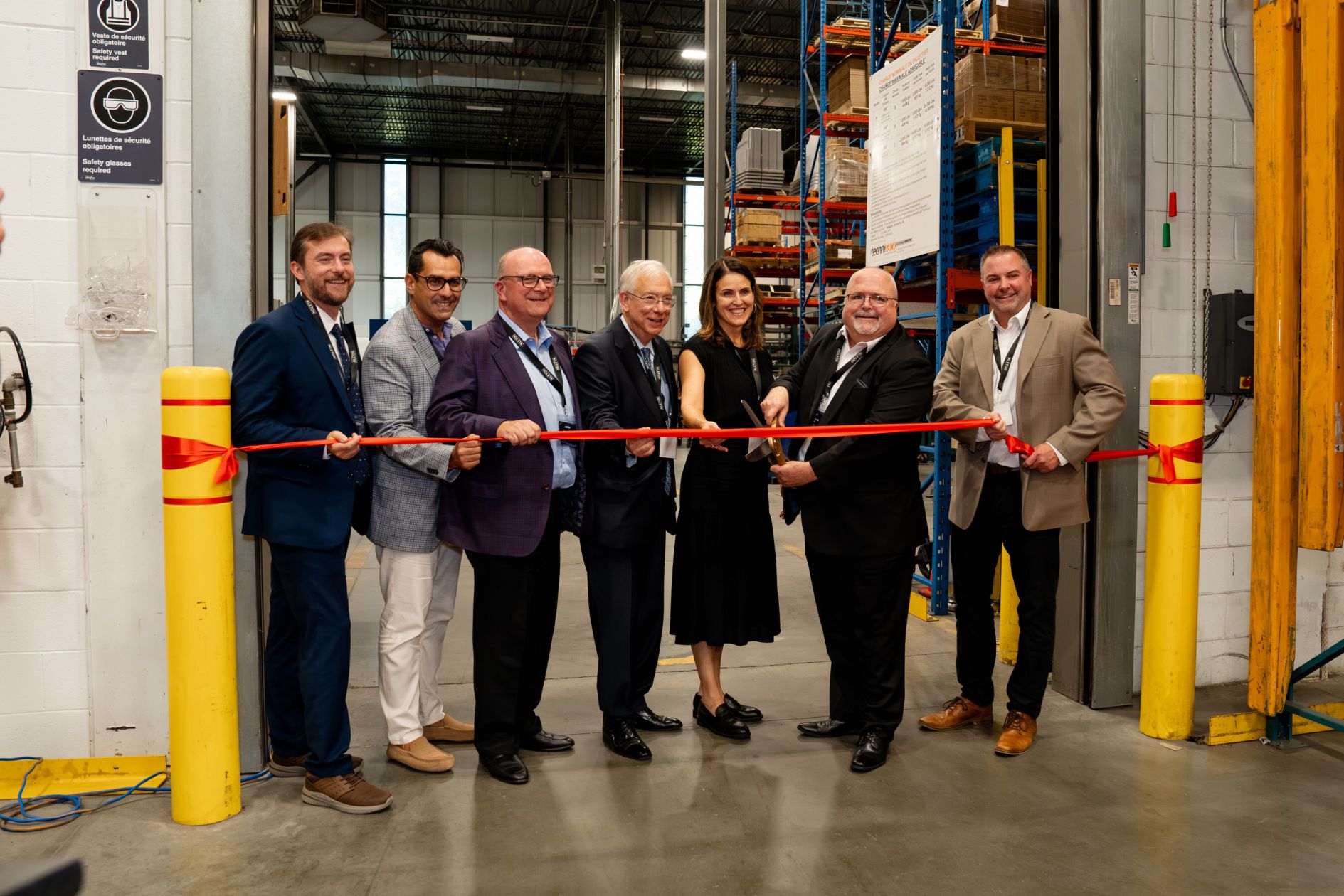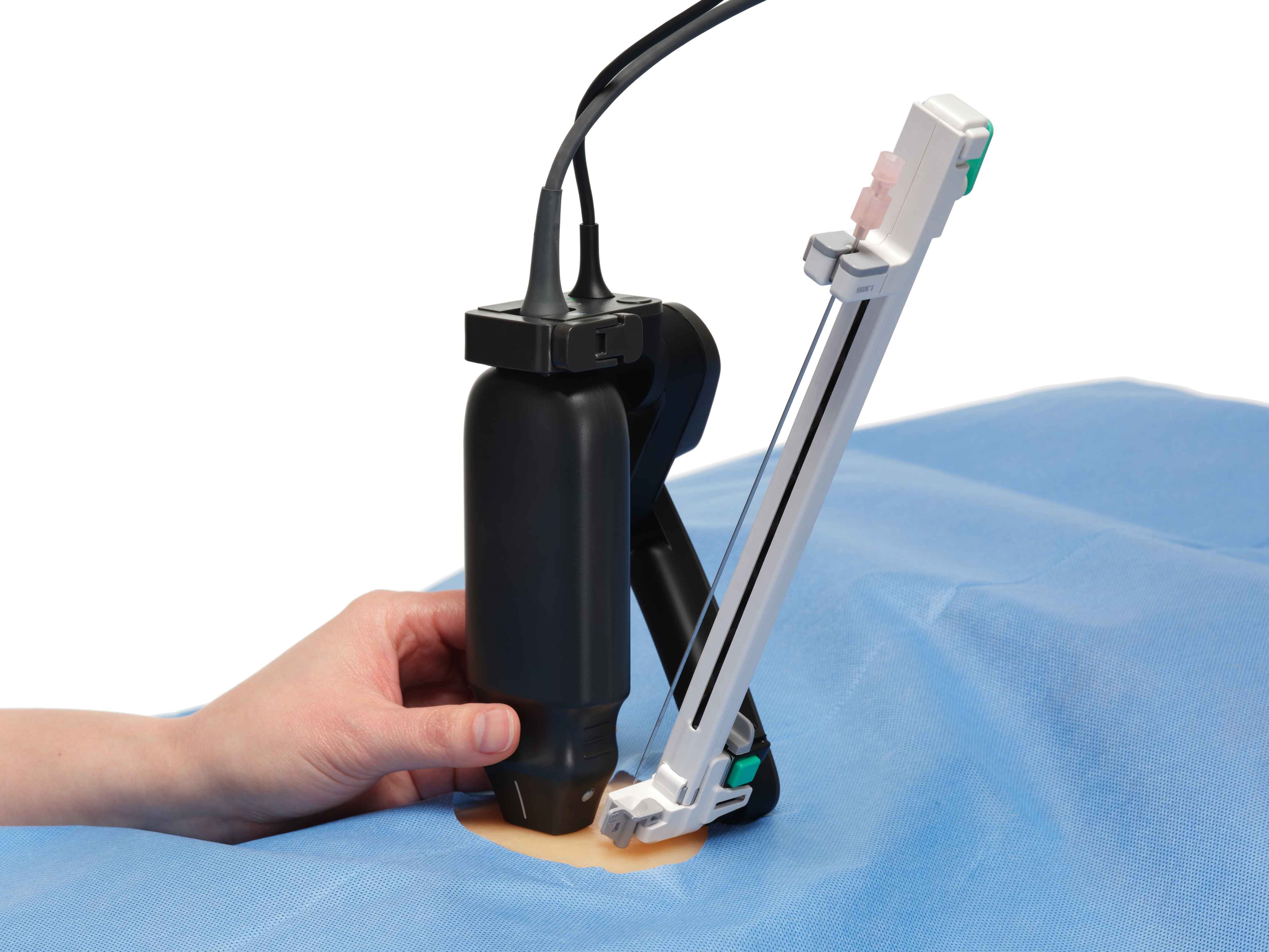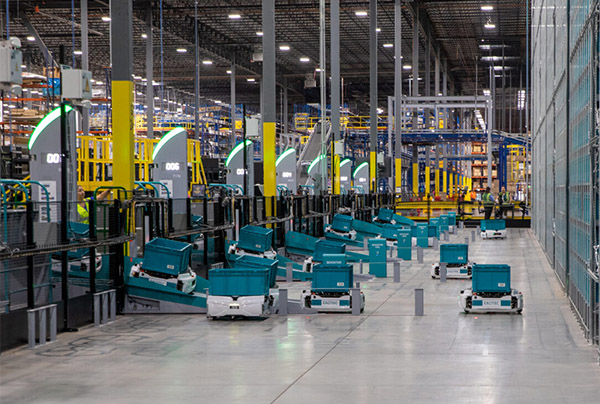Global Battery Swapping Market to Reach $642.7 Million by 2032
Driven by the rise in electric vehicle demand and innovative service models, battery swapping emerges as a fast, flexible, and cost-effective solution for EV charging challenges.
Image Courtesy: Public Domain
According to a new report published by Allied Market Research, the global battery swapping market size was valued at $120.3 million in 2022, and battery swapping industry is estimated to reach $642.7 million by 2032, growing at a CAGR of 18.3% from 2023 to 2032.
Battery swapping is a place at which an electric vehicle's discharged battery or battery pack may be immediately swapped for a fully charged one, eliminating the delay involved in waiting for a vehicle's battery to charge.
Asia-Pacific dominates the market at present, followed by Europe, North America, and LAMEA. In Asia-Pacific, China dominated the global battery swapping market in 2022, whereas India is expected to grow at a significant rate during the forecast period.
Key players operating in the global battery swapping industry are Gogoro, Aulton New Energy Automotive Technology Co., Ltd., Numocity, Esmito Solutions Pvt Ltd., NIO Power, BattSwap Future, Kwang Yang Motor Co., Ltd., Ample, Inc., Sun Mobility Private Limited, and Shenzhen Immotor Technology Co., Ltd.
The rise in demand for electric vehicles, coupled with a lack of adequate public charging facilities and reduced time for electric vehicle charging is anticipated to drive the battery swapping market opportunities during the forecast period.
Differentiation in battery technology & design and the high initial set-up & operating cost of battery swapping stations hinder the battery swapping market growth.
Rapid emergence of shared e-mobility and introduction of innovative & advanced battery swapping models and services by market players are some of the factors that are expected to offer lucrative opportunities for battery swapping market trends during the forecast period.
BaaS is another solution gaining traction in the battery swapping industry, given its impact on reducing the high upfront price of electric vehicles by separating battery ownership.
Battery swapping reduces the downtime and acquisition cost of 2 vehicles as the customer just pays for the energy.
Battery swapping stations offer a quicker solution to address range anxiety, where each battery swap takes less than 10 minutes and requires much less space to install compared to charging stations.
Customers or drivers may simply exchange discharged batteries with batteries that are fully charged at these stations, and they do not have to wait for a long time and may exchange batteries as often as they desire.
Customers may subscribe to monthly or annual battery-swapping plans or also may adopt a pay-per-use model as per their needs.
Market players also provide innovative solutions that utilize artificial intelligence, Internet of Things (IoT), GPS tracking, and facial recognition to improve battery swapping services and customer experience.
On the basis of station type, the manual segment emerged as the global leader by acquiring more than two-thirds battery market share in 2022 and is anticipated to continue this trend during the forecast period. The increase in adoption of electric vehicles (EVs) drives the demand for convenient charging solutions.
On the basis of vehicle type, the two-wheeler segment emerged as the largest market share in 2022 accounting for more than half of the battery swapping market share, and is anticipated to continue this trend during the forecast period.
Two wheelers battery swapping technique has gained immense traction in the global electric vehicle charging infrastructure due to the under-developing EV charging infrastructure across the globe.
On the basis of battery capacity, the more than 30 kWh segment emerged as the largest market share in 2022, which accounts for nearly two-thirds of the battery swapping market share.
The increase in demand for electric vehicles (EVs), and the growth in need for vehicles with longer driving ranges, which may be fulfilled by higher-capacity batteries, had a positive impact on the market.
On the basis of service type, the subscription-based segment emerged as the global leader by acquiring more than two-thirds of battery swapping market share in 2022 and is anticipated to continue this trend during the forecast period.


